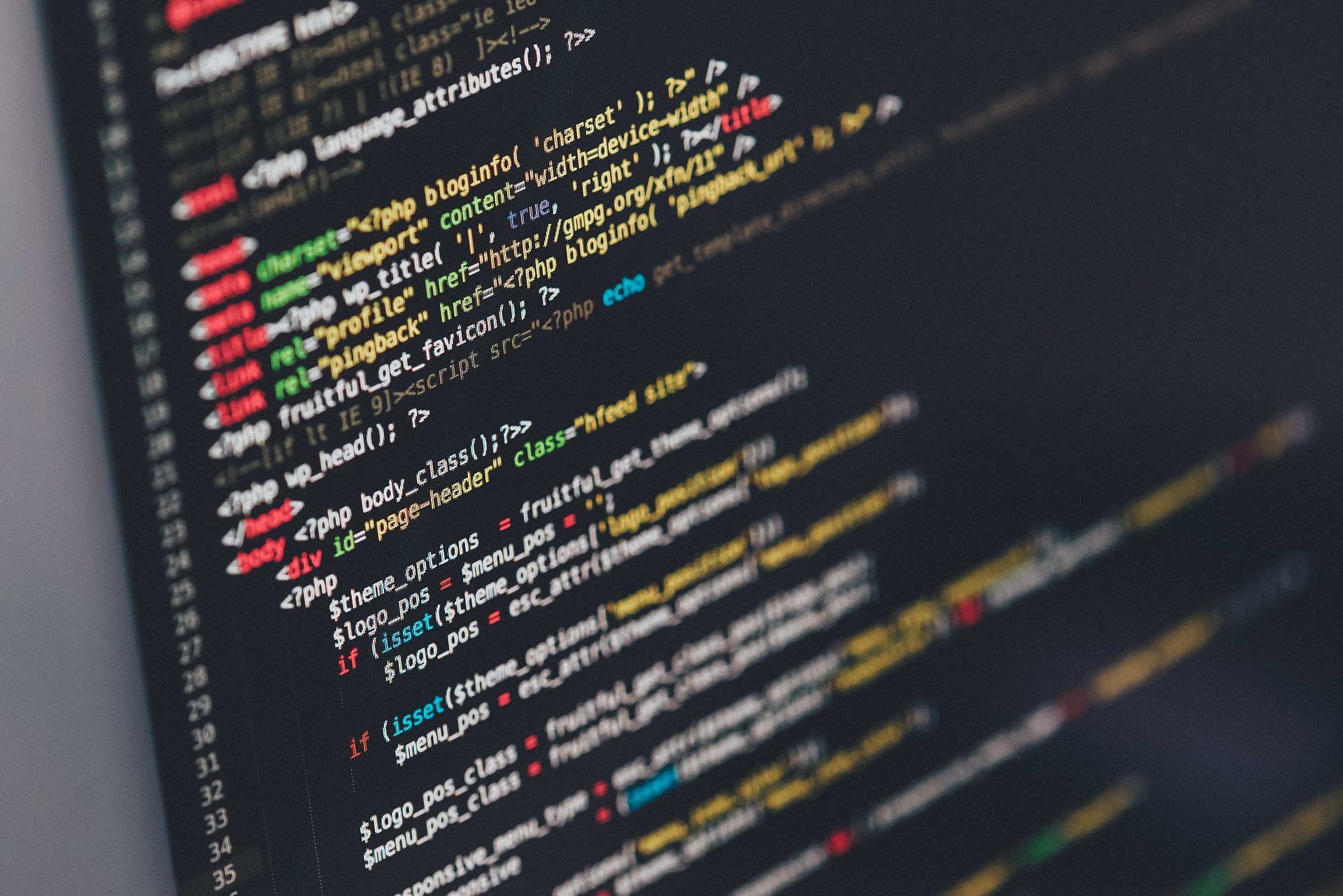Almost seven years into this practice, one of my most frequent questions remains: “how can I patent my app?” There seems to be an app for everything and anything you need: dating, buying groceries, learning quantum physics and choosing the right beer to pair with your steak. If you can code, you can write an app. Writing of any kind is such a creative process. Of course, there must be a way to protect your software, right?
Yes, but not necessarily with a patent.
Patents go all the way back to our Constitution. Article 1, Section 8, Clause 8 gives inventors, for a limited time, the exclusive right to practice their invention. We patent tangible and useful things such as machines, compositions of matter, articles of manufacture and processes of making those articles and compositions. Computers are machinery. Computers are patentable. Software runs on computers. So, you would think we could patent the thing that computers are designed to do: follow instructions.
It used to work that way, but not any longer. Our law has evolved (if slowly) to catch up with technology. The Supreme Court in 2014 decided that for the most part, software is abstract. Software automates human thought. Human thought is not something you can touch or make. If you have an app that does what a person could do, only better or faster because you are executing it on a typical computer, it is still an extension of human thought and not tangible. If you can’t see it, touch it, or physically act on it in some way, it is probably not patentable. Notice I wrote “probably” and “for the most part.”
Four years and many lower court decisions later, this is still the law. Let me try to make “abstract” more concrete. If your software improves the computer itself, or tangibly improves other technology, then it is eligible for patent protection. If your software automates something that people can in theory do themselves, business concepts, or a financial transaction, it is most likely not eligible. The key is that you must be improving technology in some physical and tangible way.
For most of you reading this, you will ask, then, how do I protect my software from being copied? There are other legal tools. One of the most intuitive and powerful is the copyright. The same part of the Constitution that protects inventors, also protects authors. Authors are not just people who write books. Authors are anyone who creates any work of art in a tangible medium: movie directors, choreographers, musicians, composers, painters, and sculptors. There must be a minimum amount of creativity and originality. An alphabetized phone directory would not original enough, but a poem could be. A registered copyright notifies the world that you own this. It also makes it much easier to sue for infringement, if you need to do that.
Software is in many ways like a book. It is composed of words arranged in a particular order. You may not know, but you can copyright software. You can copyright the source code (Java, C++ or Perl) or the markup language (HTML or PHP) in much the same way as you copyright a book. If you want, you can also, separately, copyright the unformatted visual elements of what the software produces on a screen. That is, treat the “software” as if it was a photograph. The Copyright Office has prepared two very user-friendly Circulars explaining how you can protect your work in code. Circular 66 explains Copyright Registration of Websites and Website Content. Circular 61 describes Copyright Registration of Computer Programs. Having a copyright in your code also extends protection to what the code expresses.
For more information about what is best for you, please call me or another qualified intellectual property attorney.


0 Comments